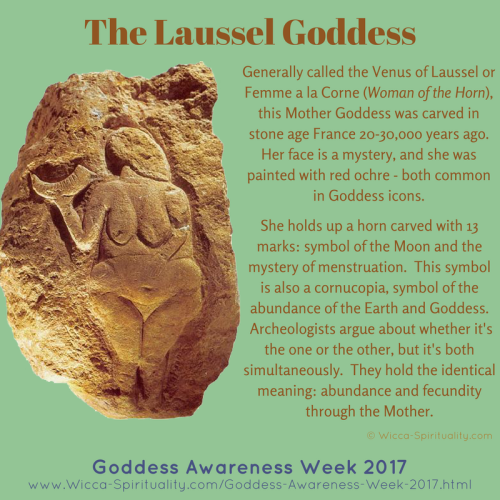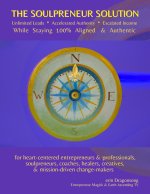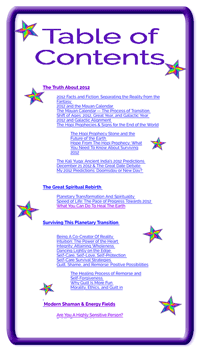Venus of Laussel Goddess

|
Generally called the Venus of Laussel or Femme à la Corne (Woman of the Horn), this prehistoric Mother Goddess was carved in stone-age France between 20,000 and 30,000 years ago. Her face is a mystery, turned to gaze on the all-important horn in her right hand, her hair falling over her left shoulder. And she was painted with red ochre — another common symbol in prehistoric Goddess icons. Her belly is rounded with pregnancy (the artist taking advantage of the natural form of the rock, it seems), expressing her role as Divine Mother. Unlike many ancient Goddess, the Venus of Laussel is shown with arms: the one holding the horn in full detail; her left hand rests on her belly — a position familiar to all expectant mothers. Her lush thighs and heavy breasts indicate one who has given birth and suckled children many times. As with many Mother Goddess, her role as Creatrix/Generatrix is emphasized in her proportions: enhancing the child-bearing attributes, while the rest is smaller in comparison.
The Horn of the Venus of Laussel
The most unique, and telling, feature of the the Venus of Laussel is the horn She holds aloft. It's a bovine (cow) horn: a very ancient symbol of the Moon and the Mystery of Menstruation — the source of life... and thus a symbol of the Mother Goddess or Great Goddess. Furthering the correlation of horn and Mother Goddess/Creatrix, this horn is carved with 13 marks, making it a lunar calendar. Her face is forever turned towards this moon/horn, signifying its importance. This lunar-horn symbol is also a cornucopia, symbol of the abundance of the Earth and Goddess. Archeologists still argue about the meaning of this symbol... whether it's a horn or a cornucopia, in the typical scientific mindset that something must be either/or.
See More Ancient Goddesses 2017
Return to Goddess Awareness Week 2017
Share Your Favourite Ancient Goddesses With Us
(in the comments section)
With Brightest Blessings,


|










